The Future of Work is Now (Part II): The Promise of Technology
Originally published by pymetrics on 11 June, 2020
Written by Priyanka Jain
What are HR leaders doing from a technological standpoint to start to prepare for the Future of Work?
Automation: Companies are taking into account which tasks are repetitive and able to be completed by a machine, and then looking at which roles are at risk in their companies, and which roles are growing as a result. They have consequently expressed concerns over the hiring/firing cycle, as there is a lot of uncertainty around what automation will replace next. This process is expensive and less than ideal from an employer brand perspective. It is thus essential for employers to have the tools appropriate to determine which employees should be trained for future roles to keep them engaged as automation makes the business overall more productive.
Skills: We have seen the adoption of new tools that allow companies to better measure peoples’ skills both hard skills (e.g., coding) as well as softer skills around communication, planning, attention, etc. Many of these skills have previously been poorly understood, as resumes and interviews have been shown time and time again to provide biased data. More accurately and fairly understanding skills will allow companies to optimally prepare for the shifting in roles due to automation in the future.
Education: We are still in early stages of companies adopting at-scale learning, but we know that being able to prove that retraining certain employees will pay off for the individual as well as the company is critical. Many companies have still started to build models that measure the return on investment for educational or training programs, as paying to do so can be an incredibly expensive undertaking. We’re also seeing much more on-demand learning, as opposed to degree-based. What this means is that content is served to employees at the right time and depending on their actual needs regardless of pedigree, in order to help close the gap caused by how their roles are changing.
Employment: Digitized hiring is the most mature trend in terms of adoption. The same technology can actually be repurposed inward and help companies match talent that already exists within their organizations to new opportunities they have open.
Age: What is the best way to assess someone for a new role when they have held a variety of different positions over the last, say, 40 years? Their undergrad education (or lack thereof) suddenly feels very irrelevant decades down the line. Companies are looking for new ways to assess these candidates on the basis of their potential as opposed to previous roles they have held that no longer are relevant.
Place of Work: With the workforce increasingly moving remote, there has been a vast adoption by HR professionals of digital collaboration tools. In particular, companies are leveraging engagement surveys to get a better sense of how engaged and connected employees are when they are physically separated from each other and an office space.
Geographic Mobility: Digitized hiring right now is essential. Hiring someone regardless of whether they can meet in person will likely become the norm and will allow for a more diverse and qualified pool of candidates to be evaluated for roles emerging around the globe.
So what is the broader journey that HR leaders are taking to future-proof their workforces?
Phase 1: Diagnosis
Understanding your own company and the shifting industry and which roles are shrinking or growing in your industry, is key. A variety of new technology tools help employees capture this information around the skills their employees possess today and how they stack up to those needed in upcoming roles.
Phase 2: Adoption
Using power, or soft, skills to understand where potential candidates and current employees actually fit into the Future of Work models as roles change over time. 42% of core skills that are required for core jobs are expected to change in just two years -- so by 2022, almost 50% of hard skills that are required of employees are going to change. Because of that, it is essential to invest in a talent matching engine like pymetrics to get the right people in the right roles and ensure that they are future-proofed.
Phase 3: Investment
Once you understand which roles are important, you can actually invest in the appropriate learning, and quantify the gaps in your workforce’s skill set, ultimately allowing you to fill such gaps with employees who are already in your organization, or identify new candidates who are almost guaranteed to succeed.
pymetrics, a Partner of Thrive HR Exchange, is an enterprise talent platform that makes workforce decisions more efficient, accurate, and fair. We use behavioural science-backed exercises to measure the cognitive, social, and emotional attributes of individuals and a data-driven approach to match them with the right opportunity - based on their potential, not their pedigree. Our ethical and audited AI-powered insights and recommendations equip leaders with accurate and actionable information to manage the entire talent lifecycle, from hiring to internal mobility and beyond.

